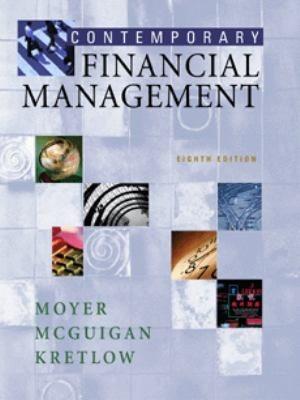Question
Word Bank -- Quiz 10 Enter the corresponding number into the blanks on Quiz 10, rather than the actual words. The term, et al, means
| Word Bank -- Quiz 10 | ||||||||
| Enter the corresponding number into the blanks on Quiz 10, rather | ||||||||
| than the actual words. The term, "et al," means "and others." | ||||||||
| 1) | Acquisition of competing firm's stock | 34 | LG, Sharp, Hitachi, et al | |||||
| 2) | Advertising | 35 | Measure | |||||
| 3) | Antitrust | 36 | Mergers | |||||
| 4) | Archer Daniels Midland, Cargill, et al | 37) | Monopolyy | |||||
| 5) | AT&T | 38 | Most | |||||
| 6) | Behavioral | 39 | Narrow | |||||
| 7) | Benefit | 40 | Natural | |||||
| 8) | British Airlines and Korean Air | 41 | Operating costs | |||||
| 9) | Broad | 42 | Physical assets | |||||
| 10) | By itself | 43 | Price discrimination | |||||
| 11) | Cargolux, Nippon and Asiana | 44 | Price fixing | |||||
| 12) | Celler-Kefauver Act | 45 | Prices | |||||
| 13) | Clayton Act | 46 | Reduces | |||||
| 14) | Collusive activities | 47 | Regulation | |||||
| 15) | Competition | 48 | Relevant market | |||||
| 16) | Conagra and Hormel | 49 | Resource | |||||
| 17) | Conglomerate | 50 | Rule of Reason | |||||
| 18) | Cost | 51 | Same | |||||
| 19) | Cost-Benefit | 52 | Samsung, Hynix, et al | |||||
| 20) | Different | 53 | Sherman Act | |||||
| 21) | Dominant | 54 | Single | |||||
| 22) | Fair return | 55 | Size | |||||
| 23) | Federal Trade Commission | 56 | Sotheby's and Christie's | |||||
| 24) | Flexible packaging materials | 5) | Standard Oil | |||||
| 25) | Horizontal | 58 | States attorney generals | |||||
| 26) | Ideology | 59 | Stock | |||||
| 27) | Increases | 60 | Structural | |||||
| 28) | Information | 61 | Trust | |||||
| 29) | Injured parties | 62 | Tying contracts | |||||
| 30) | Input | 63 | U.S. Steel | |||||
| 31) | Interlocking Directorates | 64 | UCAR et al | |||||
| 32) | Interstate Commerce Commission | 65 | Vertical | |||||
| 33) | Least | 66 | Whealer-Lea | |||||
QUESTION 1
1. Chapter 19 focuses on A) BLANK legislation and policy. The term stems from the fact that as business firms grew larger as a result of widening markets after the Civil War, some combined into a single decision group known as a B) BLANK. This term, therefore, became associated with a market model that we have already analyzed, C) BLANK . In the purest sense, this market model means a D) BLANK seller. However, it has evolved to be interpreted by the public and the government as a E) BLANK seller in an industry.
QUESTION 2
1. The antitrust case that established the Rule of Reason was the A) BLANK case of B) BLANK (enter year). The Rule of Reason established the legal precedent that C) BLANK, alone, was not an offense. The term per se means D) BLANK. The Per Se Rule, in the context of antitrust legislation, refers to the fact that E) BLANK and F) BLANK are illegal, per se, and therefore not subject to the G) BLANK. Two cases where the defendants were convicted of per se violations are: H) BLANK, in 1996, and I) BLANK in 2007.
QUESTION 3
1. The cornerstone of antitrust policy in the United States is the A BLANK of B BLANK (enter year). However, this act was rather vague and ambiguous and required a more explicit statement of what their boundaries were. As a result, Congress passed the C) BLANK of D) BLANK (enter year) for this purpose. This law explicitly made four specific acts illegal:
E) BLANK -- when it is not justified by cost differences.
F) BLANK -- when a resource supplier requires that it's customer purchase another item, as well.
G) BLANK -- when the outcome would be reduced competition within the industry
H) BLANK -- when the effect would be to reduce competition.
Step by Step Solution
There are 3 Steps involved in it
Step: 1

Get Instant Access to Expert-Tailored Solutions
See step-by-step solutions with expert insights and AI powered tools for academic success
Step: 2

Step: 3

Ace Your Homework with AI
Get the answers you need in no time with our AI-driven, step-by-step assistance
Get Started


